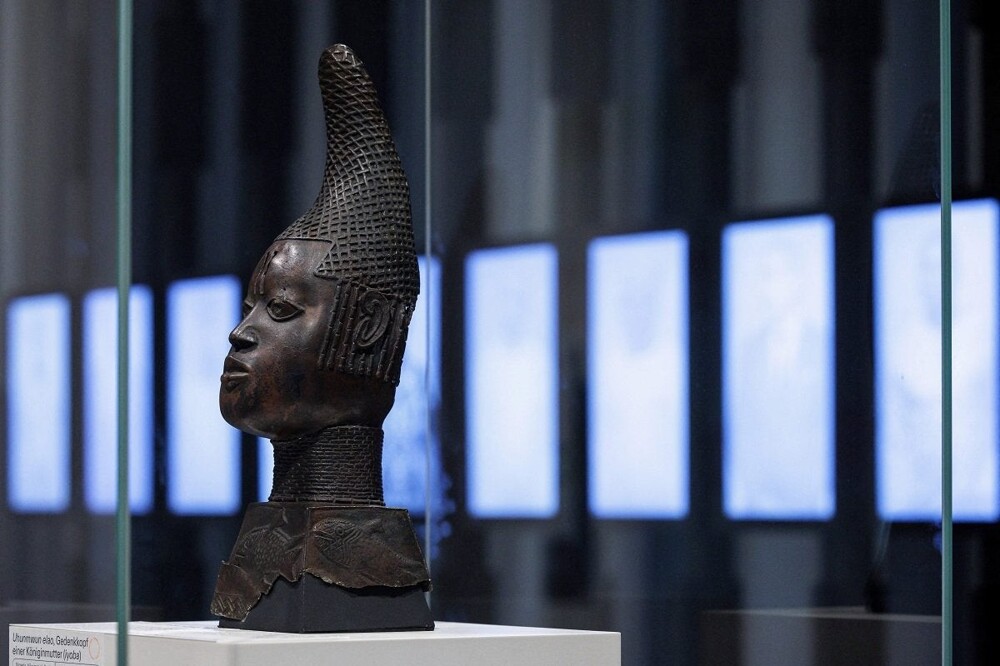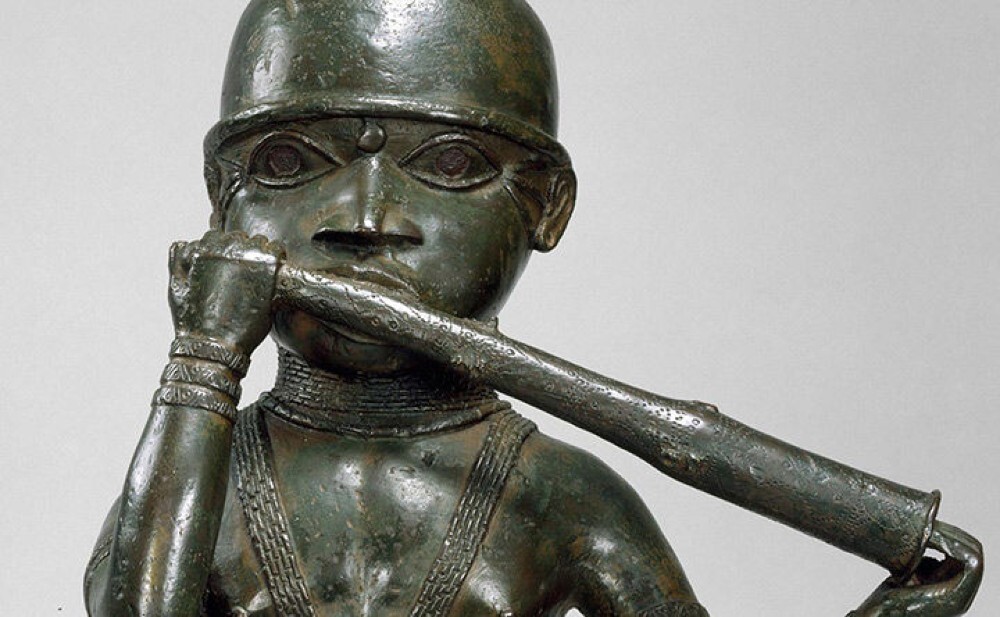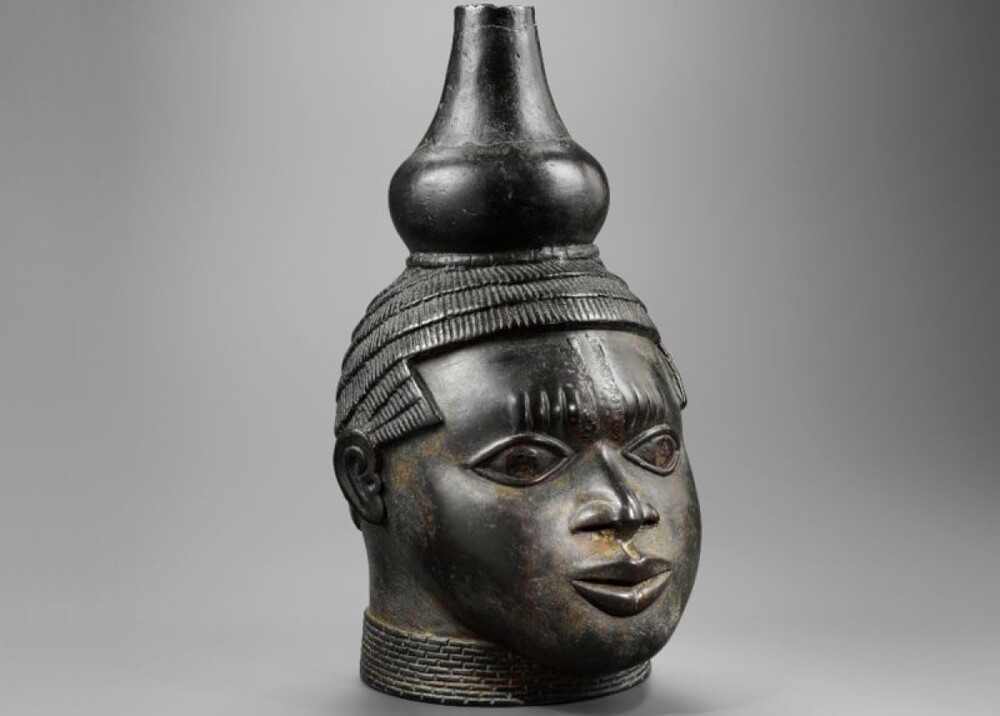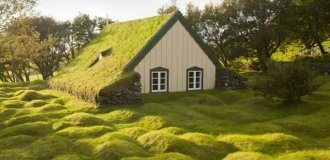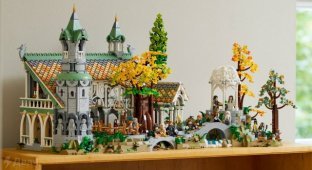Scientists have found that Africans made "Benin bronze" from German ores (6 photos)
Benin bronze is a huge collection of about 3000 figurines made of brass, which were found in 1897 in Nigeria. Then, during punitive expedition, British troops burned the city of Benin, captured figurines and brought to the UK. But a recent study by scientists led to new discoveries. It turns out that most of the brass figurines made from German ore mined in the Rhineland. 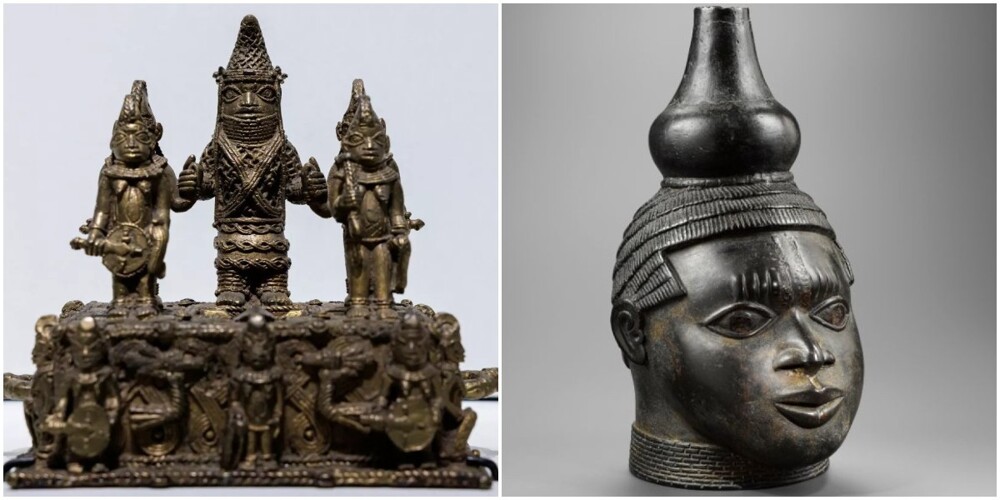
Scientists have long known that figurines from the collection "Benin bronze" was made by African metalworkers in the 16th-19th centuries in Kingdom of Benin (now part of Nigeria). In 1897 the British captured them during a punitive expedition, and most of the figurines ended up in British museums. The researchers assumed that these figurines were made from remelted brass rings, which were used in as currency during the transatlantic slave trade. But this there was little evidence. Recently, scientists decided to return to this question, and traced what kind of metal the African masters used to create figurines. 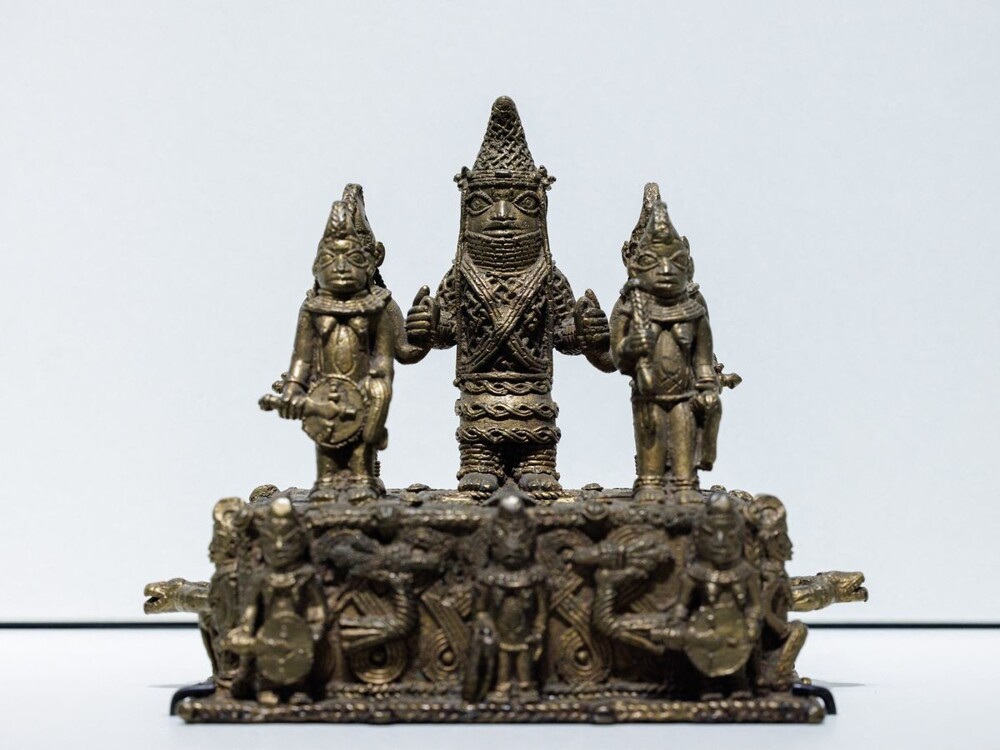
Scientists conducted a chemical analysis of metal rings, called manillas (manillas), which were found on sunken ships in the Atlantic. Europeans sailed to Africa and exchanged these rings for gold, ivory and slaves. The scientists compared the elements in 67 manillas and Benin bronze, and found that they were made from the same ore - German. It turned out that most of the brass figurines of the "Benin Bronze" made from ore mined in the Rhineland, in Germany.
"Benin bronze - the most famous ancient works art throughout West Africa. Finally, we have proved completely unexpected: the brass from which the Benin figurines were made, long believed to have originated in Britain or Flanders, was mined in western Germany. Then rings from German ore were sent for 6300 kilometers to African Benin," wrote study author Tobias Skouronek. 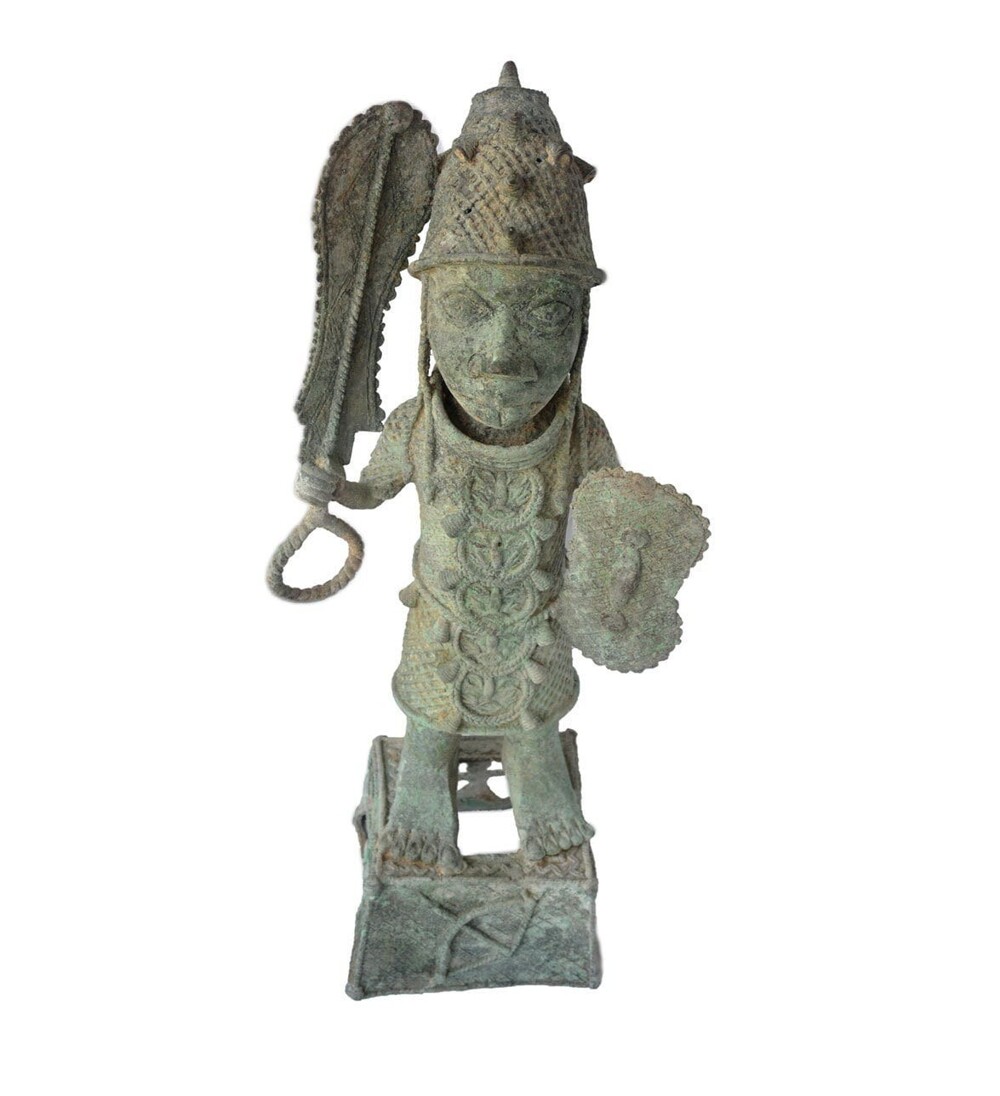
So the researchers came to the conclusion that the main source metal for African artisans were precisely European manillas from German ore. This discovery forced experts to take a fresh look on the history of the transatlantic slave trade, and assess the role of participation Germany in the colonization of Africa. Currently the largest collection figurines "Benin Bronze" is in the British Museum in London. Nigeria and the government of the Nigerian state of Edo (where most figurines) for a long time asking the UK return works of art to their homeland. Some museums in the USA, Germany, as well as the Horniman Museum and the University of Cambridge have already returned their collections in Africa. 